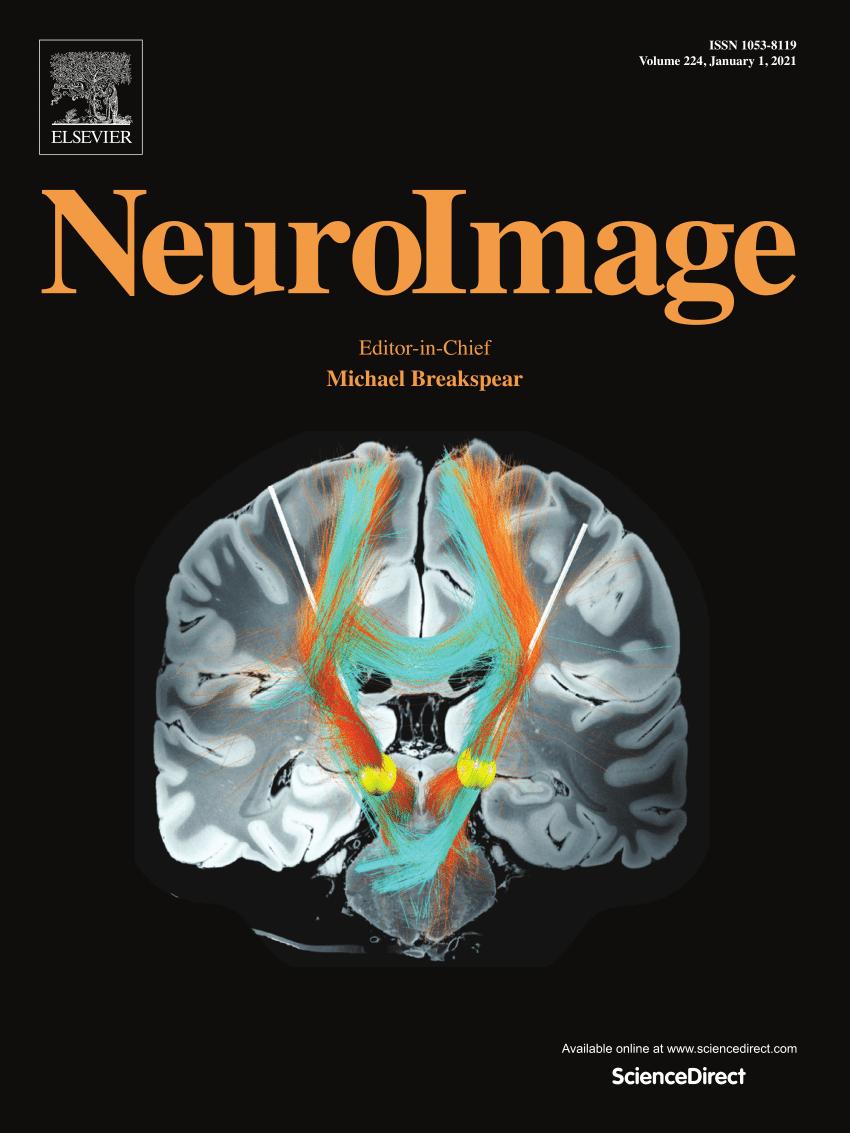Integration of automatic MRI segmentation techniques with neuropsychological assessments for early diagnosis and prognosis of Alzheimer’s disease. A systematic review
IF 4.5
2区 医学
Q1 NEUROIMAGING
引用次数: 0
Abstract
Background
This systematic review investigates the integration of automatic segmentation techniques of magnetic resonance imaging (MRI) with neuropsychological assessments for early diagnosis and prognosis of Alzheimer’s Disease (AD).
Objectives
Focus on studies that utilise automated MRI segmentation and neuropsychological evaluations across the AD spectrum.
Data sources
A literature search was conducted on the PubMed database on 7 November 2024, using key terms related to MRI, segmentation, brain structures, AD, and cognitive decline.
Study Eligibility Criteria
Studies including individuals with AD, mild cognitive impairment (MCI), or subjective cognitive decline (SCD), utilising structural MRI, focusing on grey matter and automatic segmentation, and reporting cognitive assessments were included.
Study Appraisal and Synthesis Methods
Data were extracted and synthesised focusing on associations between MRI measures and cognitive tests, and discriminative values for diagnosis or prognosis.
Results
Seven studies were included, showing a significant association between structural changes in the medial temporal lobe and cognitive decline. The combination of MRI volumetric measures and neuropsychological scores enhanced diagnostic accuracy. Neuropsychological measures demonstrated superiority in the identification of patients with MCI and mild AD in comparison to MRI measures alone.
Limitations
Heterogeneity across studies, selection and measurement bias, and lack of non-response data were noted.
Conclusions and Implications
This review emphasises the necessity of integrating automated MRI segmentation with neuropsychological assessments for the diagnosis and prognosis of AD. While MRI is valuable, neuropsychological testing remains essential for early detection. Future studies should focus on developing integrated predictive models and refining neuroimaging techniques.
MRI自动分割技术与神经心理学评估相结合对阿尔茨海默病的早期诊断和预后。系统回顾
本系统综述探讨了磁共振成像(MRI)自动分割技术与神经心理学评估在阿尔茨海默病(AD)早期诊断和预后中的整合。目的:重点研究利用自动化MRI分割和AD谱神经心理学评估的研究。数据来源于2024年11月7日在PubMed数据库中进行文献检索,使用与MRI,分割,脑结构,AD和认知能力下降相关的关键术语。研究资格标准研究包括患有AD,轻度认知障碍(MCI)或主观认知衰退(SCD)的个体,利用结构MRI,关注灰质和自动分割,并报告认知评估。研究评估和综合方法提取和综合数据,重点关注MRI测量和认知测试之间的关联,以及诊断或预后的判别值。结果纳入的7项研究显示内侧颞叶结构变化与认知能力下降之间存在显著关联。MRI体积测量和神经心理学评分的结合提高了诊断的准确性。与单独的MRI测量相比,神经心理学测量在识别轻度认知障碍和轻度AD患者方面显示出优越性。注意到研究的异质性、选择和测量偏差以及缺乏非反应数据。结论和意义本综述强调了将自动MRI分割与神经心理学评估相结合对AD的诊断和预后的必要性。虽然核磁共振成像很有价值,但神经心理学测试对于早期发现仍然至关重要。未来的研究应侧重于开发综合预测模型和完善神经成像技术。
本文章由计算机程序翻译,如有差异,请以英文原文为准。
求助全文
约1分钟内获得全文
求助全文
来源期刊

NeuroImage
医学-核医学
CiteScore
11.30
自引率
10.50%
发文量
809
审稿时长
63 days
期刊介绍:
NeuroImage, a Journal of Brain Function provides a vehicle for communicating important advances in acquiring, analyzing, and modelling neuroimaging data and in applying these techniques to the study of structure-function and brain-behavior relationships. Though the emphasis is on the macroscopic level of human brain organization, meso-and microscopic neuroimaging across all species will be considered if informative for understanding the aforementioned relationships.
 求助内容:
求助内容: 应助结果提醒方式:
应助结果提醒方式:


